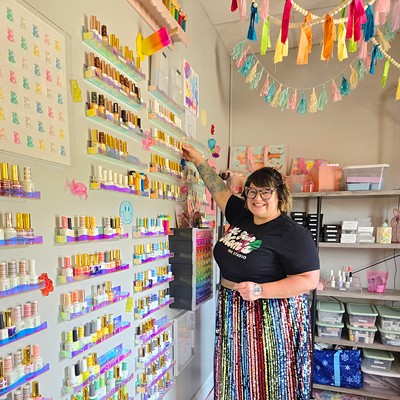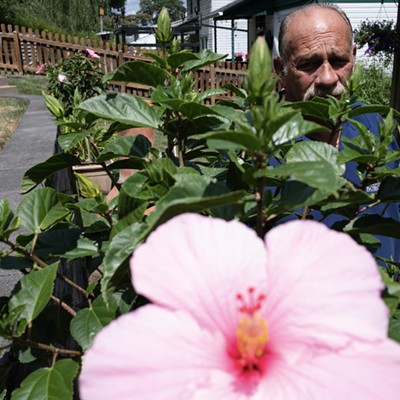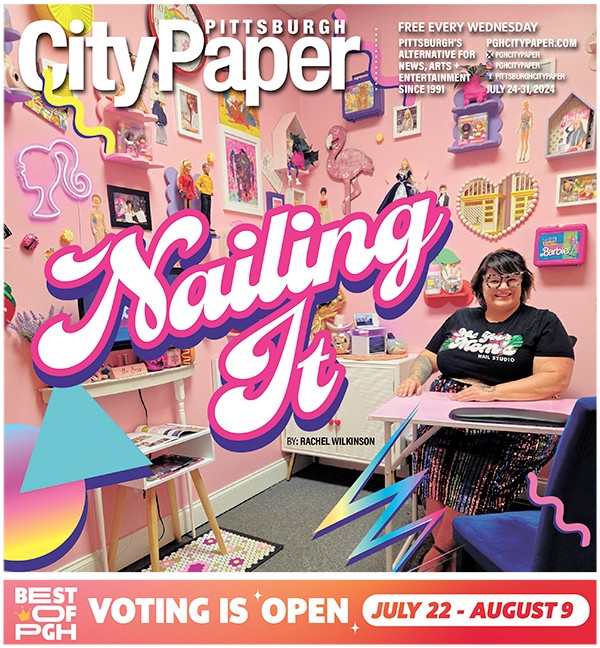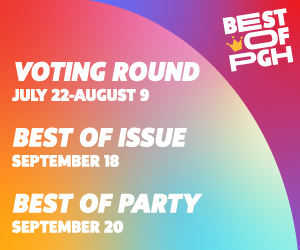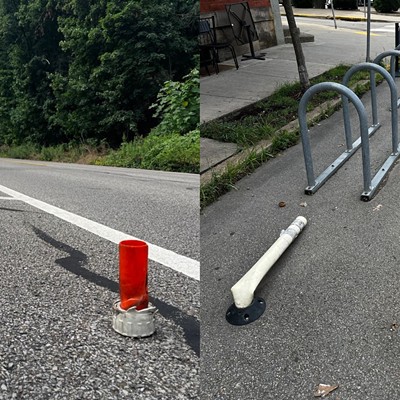Museums are slow to change. They are typically institutions built on honoring, not questioning art. But a new generation of students studying museum curation and exhibition is developing a better sense of how to reflect the political climate into the structure of the museum, and how to display art without necessarily endorsing it.
This is Not Ideal, a new exhibit at the University Art Gallery (UAG) at the University of Pittsburgh, is curated by students, mostly from the university’s own collection, with a few pieces from the Nationality Rooms and Pitt’s library collections. The project began in January 2018 with a curatorial research class and continued in fall 2018 with an exhibition seminar, both taught by professor Alex Taylor.
The students decided to tackle the broad topic of gender in art history, narrowing in on how art has historically depicted beauty ideals, sexual assault, and gender-bending. "The title itself takes on the fact that no, this isn't ideal, not the representations, not the way women were collected," says Sylvia Rhor, director and curator of the UAG. "This exhibition really makes the collection do something it wasn't intended to do."
THIS IS NOT IDEAL. Open through Fri., Dec. 7. Frick Fine Arts Building, Oakland. uag.pitt.edu
tweet this
During the first class, students, with help from Taylor and other professors and graduate students, culled art from Pitt’s collections, which consists mostly of donated prints. The class in the fall semester followed up by planning and executing the exhibition design, including writing labels for the pieces. Along with prints and sculptures dating back to the 18th century, the exhibit includes select works from local contemporary artists.
The title of the exhibit comes from a piece by contemporary woodwork artist Katie Ott. The piece consists of a mirror with the words "this is not ideal" printed on the glass. Ott has several pieces in the exhibit, and her work features unusable furniture that questions gender or beauty roles. "Vanity Sizing" features a vanity set blocked off by metal bars. "Locker Room Talk" features an end table with a top that flips to reveal quotes from Donald Trump's Access Hollywood tapes.
Another section of the exhibit explores paintings of sexual assault and challenges how, traditionally, museums shy away from directly addressing the assault. The cover art for the exhibit comes from the Giuseppe Cozzi painting “Susanne au Bain” (1850), which depicts the biblical tale of Susanna and the Elders, and shows a naked woman in distress as two men grab her body. The cover art shows only the woman’s face.
There are also paintings by William Hogarth, like “Before” (1736), which depicts a hectic scene in a bedroom as a hungry-looking man grabs the dress of a scared-looking woman. While most labels in the exhibit are white, the students chose gray for the labels for art depicting assault.
For Rhor, how the students chose to describe and present the works depicting assault was reflective of a new direction in museum exhibition. “When we were editing student labels, we said, I've never seen a Hogarth label that basically addresses what the content is in an explicit way,” says Rhor. “The students really articulated the moment we're in, in a way that reflected back to us as older art historians in a different way.”
Other works in the collection include a “hallway of transgressions” that features early depictions of cross-dressing, feminist zines and pins, and works by contemporary digital artist Adam Milner.
The front desk of the UAG has a stack of worksheets visitors can fill out, asking them to describe what an ideal art world might look like. “Where do we go next? How do we start creating the ideal? Is there one?” asks Rhor.



